Corrugated boxes are a type of container used in shipping and storage that are ubiquitous across thousands of industries. Although people often refer to them erroneously as cardboard boxes, they are made of corrugated materials. Most typically the corrugated–meaning fluted, rippled or ridged—material from which they are made is corrugated fiberboard. This consists of two flat sheets sandwiched above and below a corrugated sheet in layers. Read More…
At Deluxe Packaging, our goal is to always create a cost-effective solution for you and to service you better than anyone else. We offer a full array of high quality corrugated boxes in a variety of shapes, sizes, materials, and features. Deluxe Packaging has a proven track record in custom packaging design and timely delivery.

At Nelson Container Corporation, we pride ourselves on being a leading provider of innovative packaging solutions. Our core focus revolves around the creation of high-quality corrugated boxes designed to meet the diverse needs of our clients. We understand that packaging is more than just a container; it is a critical aspect of product protection, brand representation, and logistical efficiency.

At Imperial Paper Company, we specialize in crafting top-quality corrugated boxes that cater to diverse packaging needs across various industries. Our team of experts designs these boxes to ensure maximum protection for your products during transit, storage, or display.
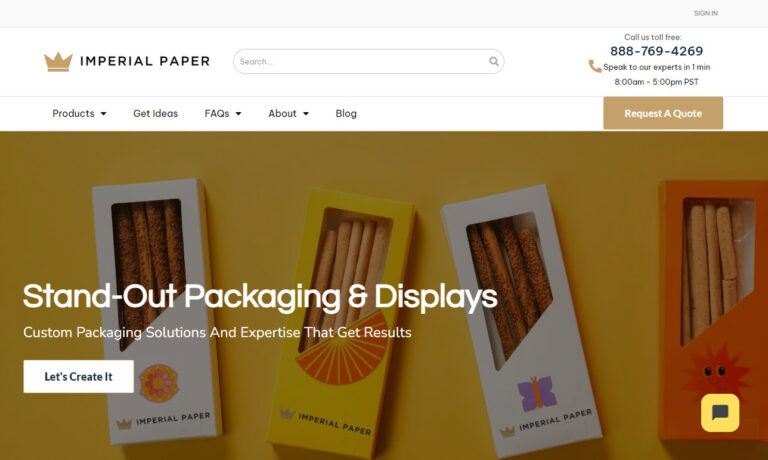
At Volk Packaging Corporation, we are passionate about delivering high-quality corrugated boxes and innovative packaging solutions to our valued customers. With decades of experience in the industry, we have established ourselves as a leading provider of customized packaging products and services. Our primary focus is on manufacturing corrugated boxes that meet the diverse packaging needs of...

Corrugated boxes are the industry standard! All cartons are constructed from strong 200#/32ect, kraft corrugated (unless otherwise noted). Order in bundle or bale quantities. 100`s of sizes to choose from! All boxes ship and store flat to save space. Corrugated boxes are all 100% recyclable. Protect your large shipments with cargo containers! Makes a great master pack for smaller boxes. Protect...
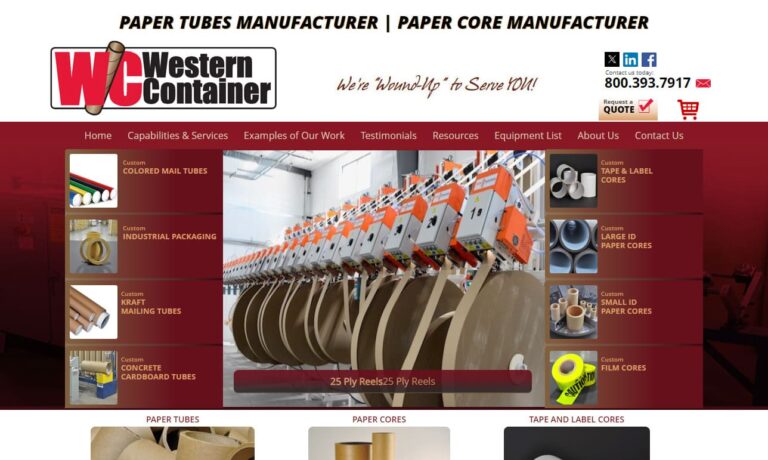
At Associated Bag, we have built a reputation among many industries by providing a broad range of high-quality corrugated boxes and exceptional customer service. Our 6-month quote guarantee is unequalled in our industry, giving our customers the flexibility to order whenever the time is best for them.Our line of boxes include corrugated shipping boxes, insulated boxes, and more. Contact...
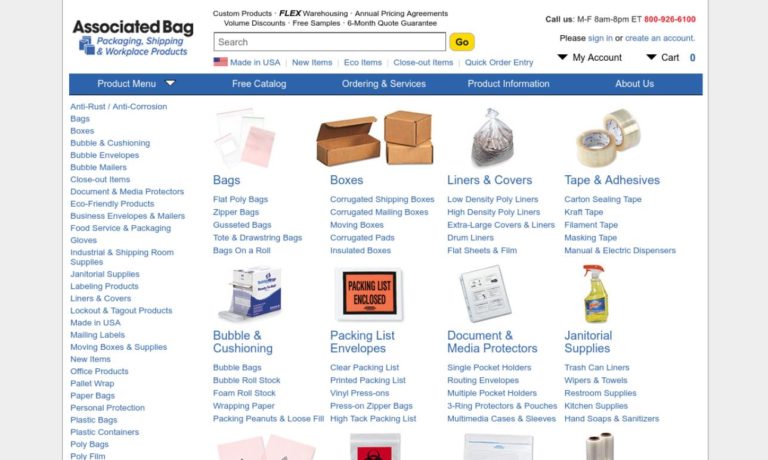
More Corrugated Box Manufacturers
Corrugated Box Applications
Corrugated boxes are the preferred choice for shipping and storage due to their long life, strength, and durability. Their lightweight, reinforced fiberboard construction makes them ideal for short-term organization in offices, homes, and mail delivery. Affordable and versatile, they are ubiquitous in everyday applications, from storing and shipping consumer products like toothpaste, cereal, computer paper, and soap to packaging with company logos, brand names, and graphics. Corrugated materials are also used in retail clothing store boxes, jewelry boxes, gift boxes, pizza boxes, and containers for baked goods and cakes. Numerous industries, including auto parts, hardware, tools, food processing, health care, construction, toys, publishing, and restaurants, rely on corrugated containers daily.
History of Corrugated Boxes
Corrugated paper materials have served as packaging for over 150 years. Previously, paper products were too costly due to the labor-intensive, handmade production processes. With the development of industrial wood pulp processing during the Industrial Revolution in the mid-19th century, paper packaging became more affordable and widespread.
In the mid-1850s, the first patent for corrugated paper was issued in the United Kingdom, initially used to line hats. Over a decade later, American Albert Jones patented the first corrugated board in the early 1870s. This single-faced board was the first to be used for shipping. Building on Jones’ design, Oliver Long developed corrugated fiberboard with two flat faces around a central corrugated layer in 1874. That same year, G. Smyth invented the first industrial corrugator machine, enabling mass production of these materials.
The development of modern corrugated shipping boxes and their materials occurred in the late 1800s and early 1900s. In 1884, Swedish chemist Carl Dahl created kraft paper from pulverized wood chips, producing a strong, tear-resistant material. By the early 20th century, kraft paper was regularly manufactured. However, it wasn’t until 1890 that New York printer Robert Gair accidentally discovered the process for making corrugated boxes while creasing paper seed bags.
Initially, corrugated boxes were used for packaging fragile items like ceramics and glass. Over time, their use expanded to include products like farm produce. By the 1990s, U.S. manufacturers produced 25 million tons of corrugated fiberboard annually, making paper a widespread, affordable, strong, and durable material.
How Corrugated Boxes Are Made
Kraft paper, a high-quality paperboard derived from wood, is commonly used to manufacture corrugated boxes. For greater strength, corrugated plastic may be employed instead. Paper mills produce kraft paper, while corrugating plants handle the creation of corrugated boxes, ensuring maximum efficiency. The process of making kraft paper involves combining recycled paper, sawdust, and wood chips with adhesive, pressure, and heat to form heavy-duty paper.
Pine trees serve as the primary raw material for kraft paper and corrugated boxes. Consequently, many large manufacturers own both paper mills and extensive pine forests, spanning hundreds or thousands of acres. In the mills, debranched pine trunks are stripped of bark and chopped into small wood chips. These chips then undergo the kraft process, also known as the sulfate process, where they are converted into fibrous pulp by “cooking” in an alkaline solution primarily composed of sodium hydroxide. The pulp is then dehydrated using Fourdrinier machines to produce paper. The final product, kraft paper, is rolled into reels and shipped to corrugating plants for inventory storage.
Manufacturers use large corrugators, often as long as 300 feet, to shape kraft paper. First, preheating rollers soften the paper under high pressure and humidity, making it easier to create flutes. The corrugated molds then press the paper, forming the fluted board. Two glue stations follow, bonding the corrugated material to the outer flat layers with a corn starch-based adhesive, resulting in corrugated fiberboard. This fiberboard is dried over heated plates, then smoothed, and sometimes given a waterproof, glossy finish. In the final step, the corrugator machine cuts the continuous fiberboard into box blanks, ready for further sizing. These machines are capable of producing up to 500 feet of corrugated fiberboard per minute.
Corrugated boxes consist of three layers: an inner layer, a fluted middle layer providing support and cushioning, and an outer layer. Box-making machines convert this corrugated fiberboard into containers, typically sold in bulk bundles of 20-50 or more. For space efficiency during shipping, these boxes are sold flat. These durable fiberboard boxes are widely used across various industries.
Types of Boxes and Corrugated Fiberboard
Although technical differences exist, the terms corrugated material, cardboard, and paperboard are often used interchangeably. Professionals in the packaging and shipping industries avoid the term “cardboard” due to its imprecision, as it can refer to any heavy material made from paper pulp. Paperboard, on the other hand, refers to heavy wood- or paper-based material that is generally thicker than regular sheet paper. Chipboard, a more precise term, refers to recycled paper pressed to a specific thickness. It is commonly used for packaging light items such as cereal and board games.
Corrugated fiberboard refers to the three-layered kraft paper commonly used to produce corrugated boxes. “Corrugated” denotes the presence of pleats or ripples, known as flutes in the industry. These flutes contain air, enhancing the durability of the boxes and providing cushioning for stored or shipped items.
The types of corrugated fiberboard and the boxes made from it can be customized based on their intended use. Factors such as flute size, materials, and binding adhesives vary accordingly. Smaller flutes offer better structural integrity and more space for marketing text, while larger flutes provide greater cushioning. The number and size of flutes impact board thickness, cushioning strength, and compression strength. Flute sizes and spacing can also vary within a single container or box.
Container dimensions, configurations, closures, finishes, and securing methods all differ. Box designs can be square, rectangular, cylindrical, or custom-made to fit specific items. Die-cutting equipment, using either a precise metal blade or a laser, shapes boxes into distinctive forms. These boxes may feature removable lids or be constructed from a single piece of fiberboard with foldable panels. Users assemble each box by folding the flat material when needed. Some containers are secured with adhesive tape or fasteners, while folding boxes rely on their flaps to remain intact without additional adhesives.
Custom-made boxes for shipping, storage, and organization may feature dividers, printed text and images, waxing, or various finishes. For commercial products like soap, cereal, and toothpaste, manufacturers produce corrugated boxes with a glossy, laminated finish, displaying brand names, logos, and information. Bleaching or mottling the exterior of corrugated fiberboard removes the dark brown pigment, resulting in white cardboard boxes. Both white and natural brown boxes are the most commonly used.
Corrugated Box Benefits
Corrugated boxes and containers offer numerous advantages that make them an excellent choice for various applications. Their recyclability contributes to environmental sustainability, while their affordability and lightweight nature make them cost-effective and easy to handle. These containers are known for their durability and versatility, providing a reliable solution for shipping goods and ensuring their protection during transit. Additionally, the surface of corrugated boxes is ideal for printing text and graphics, enhancing branding and information display.
However, corrugated boxes have limitations. They are not suitable for shipping heavier items, and in industries where sanitation is crucial, such as medical supplies and hospital food storage, concerns about contamination from insect infestation and liquid absorption prevent the use of corrugated fiberboard containers.
Choosing the Right Corrugated Box Manufacturer
In the United States, with over 1,000 manufacturers of corrugated boxes, selecting the right supplier is crucial. Evaluate suppliers based on their certification and compliance with ASTM standards, manufacturing timelines, shipping methods, and their ability to meet your specific needs, including custom solutions like printed text, unique shapes, dividers, and custom finishes. Additionally, consider whether the packaging enhances your brand, the appropriate measurement method (internal for shipping or external for in-house use), container strength based on kraft paper grade, and the required level of product security.


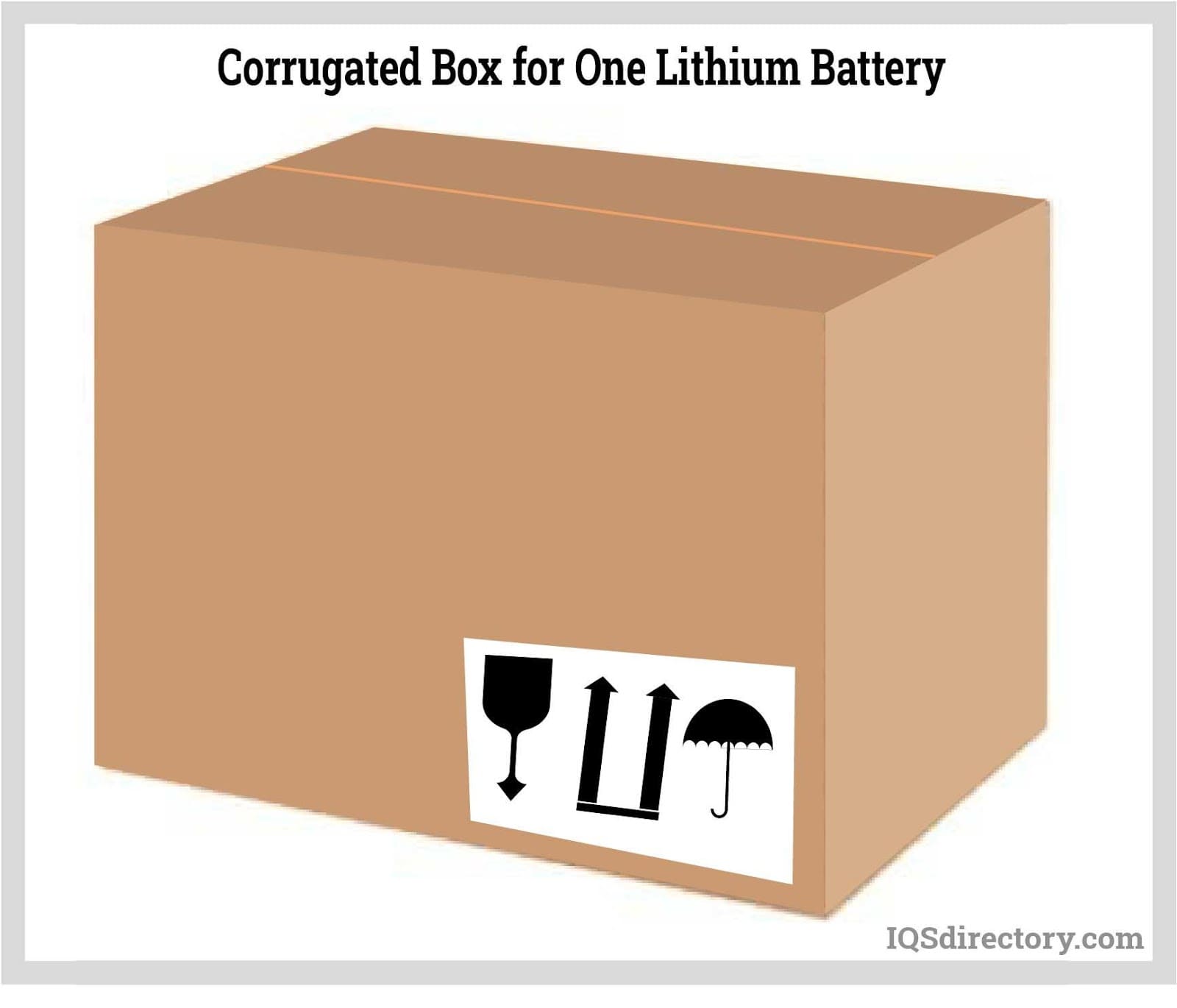
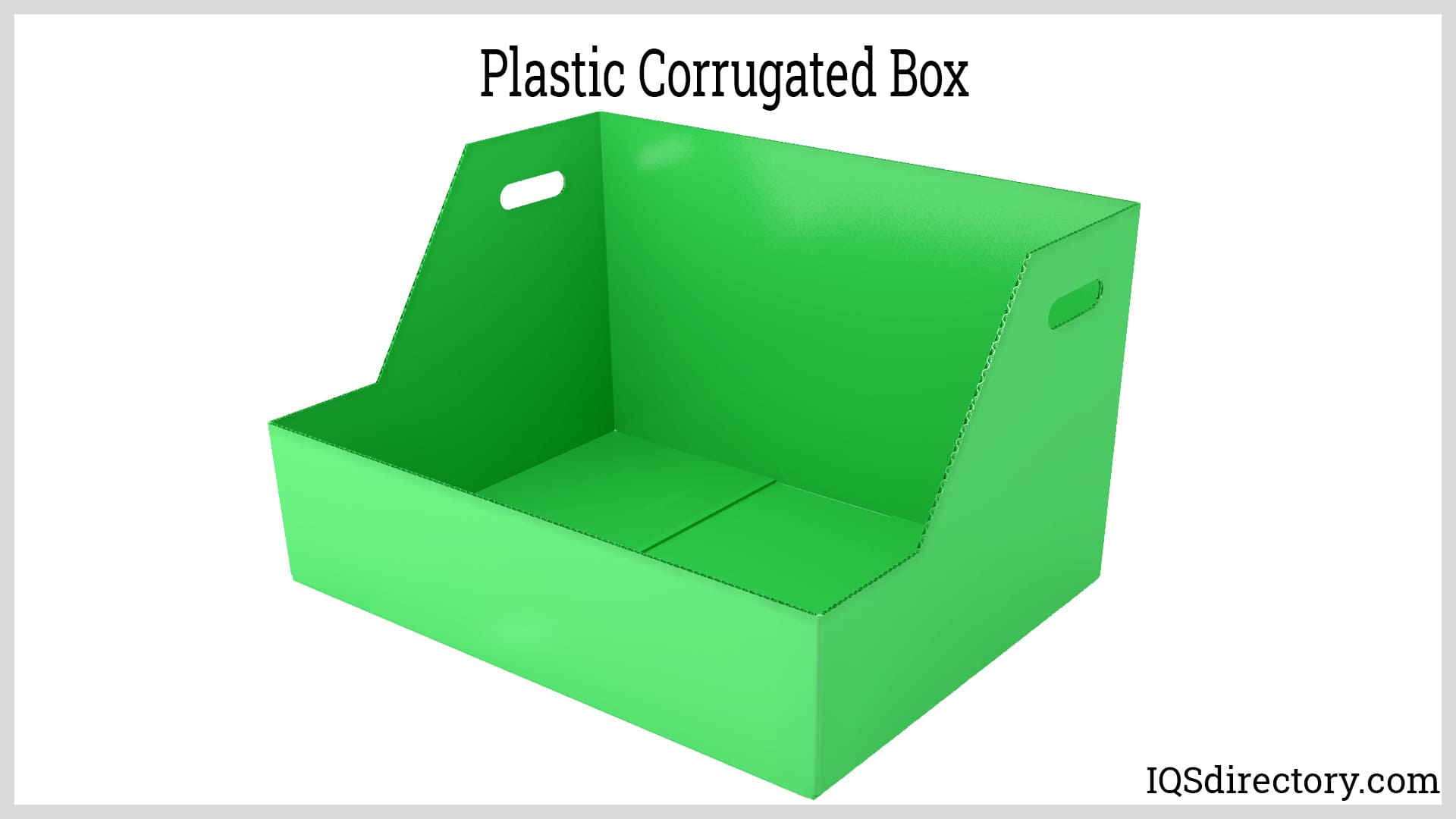

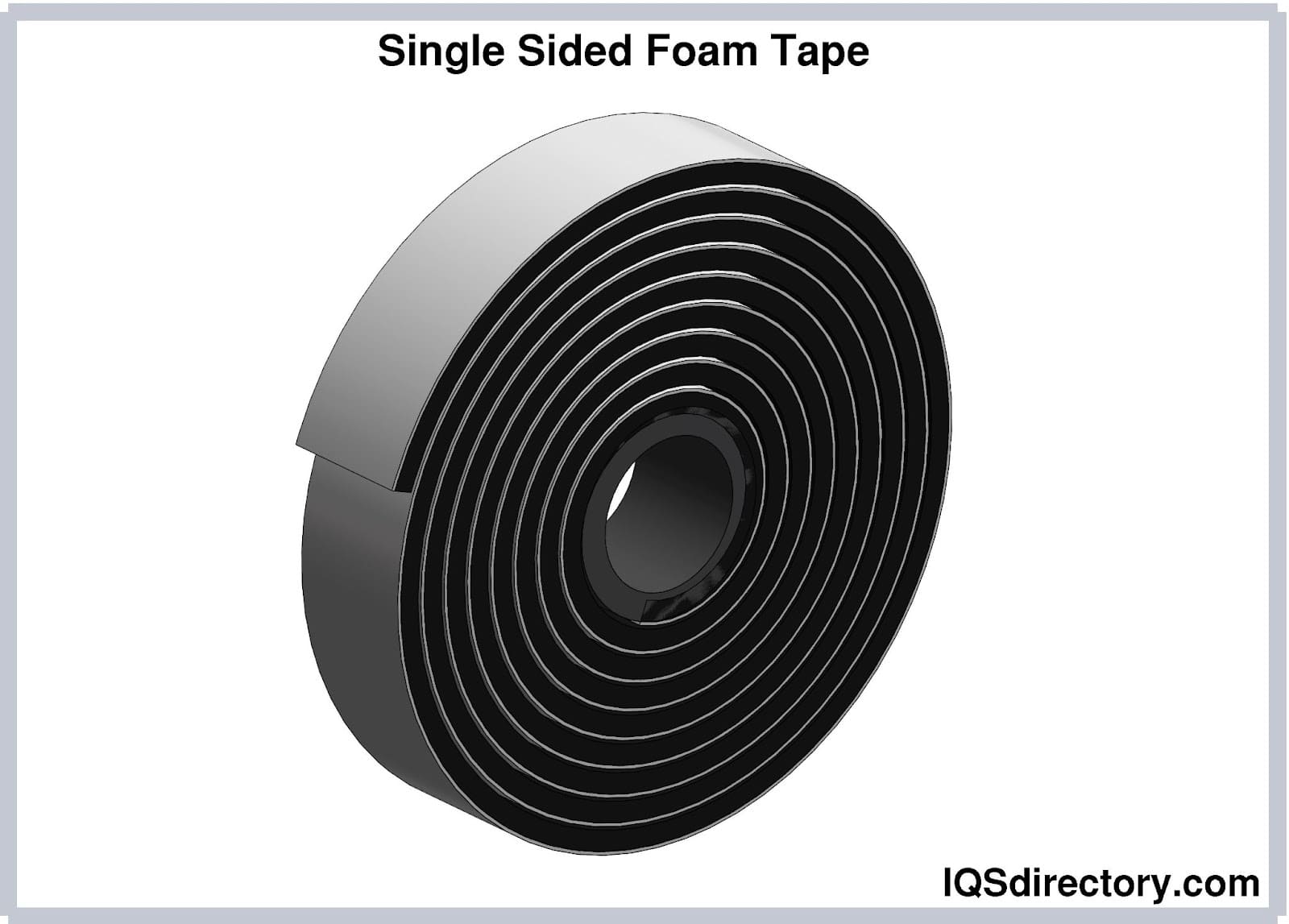
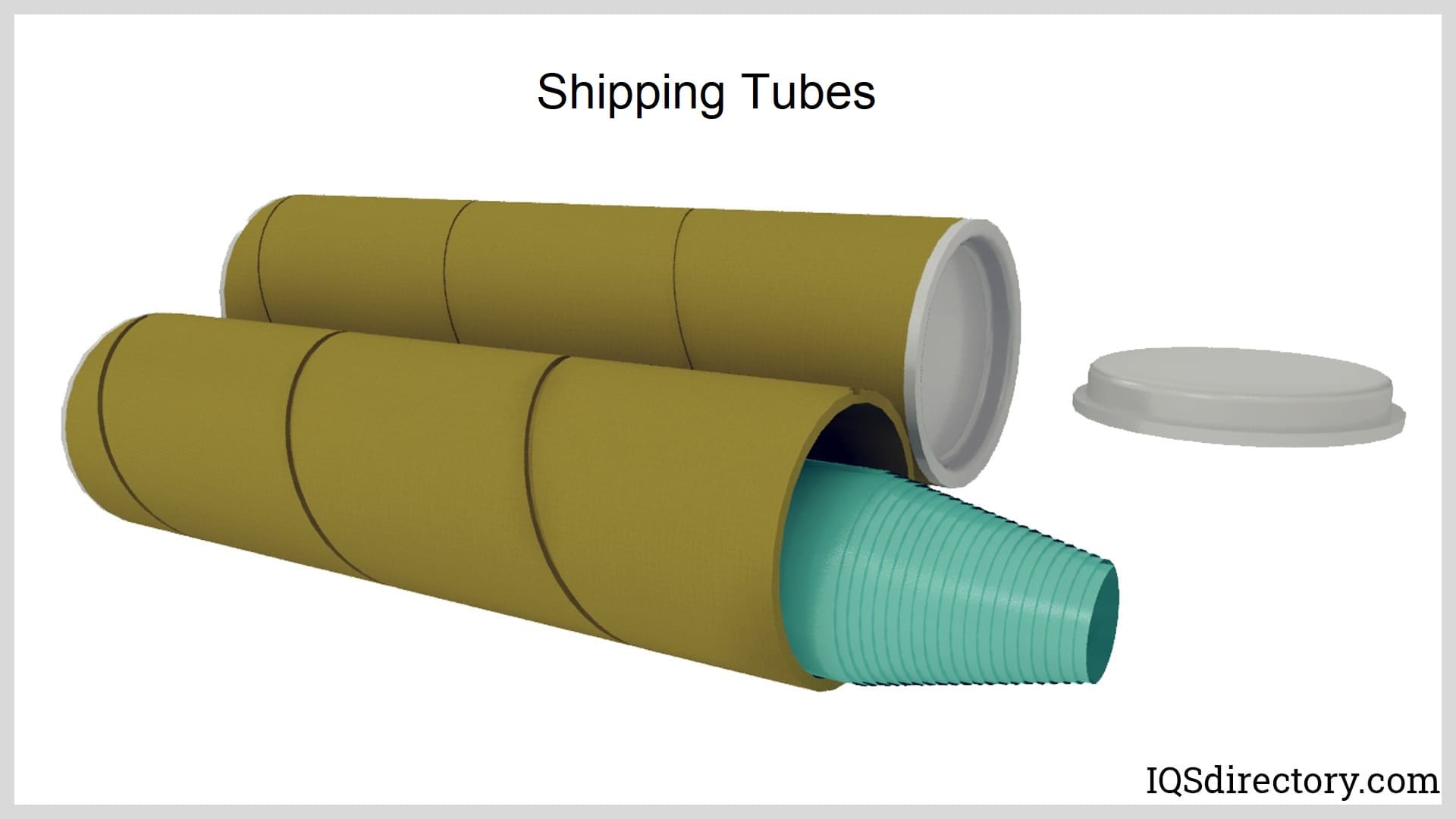
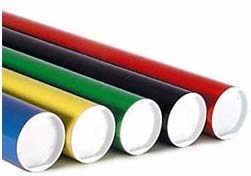 Cardboard Tubes
Cardboard Tubes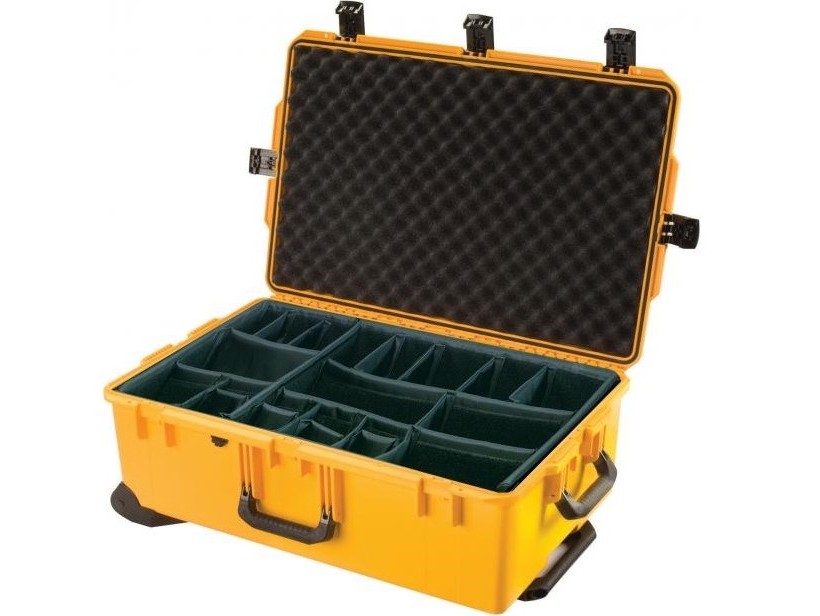 Carrying Cases
Carrying Cases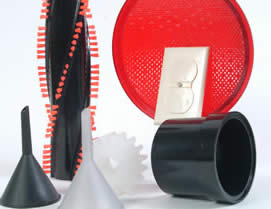 Contract Packaging
Contract Packaging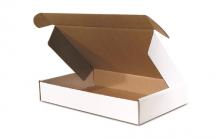 Corrugated Boxes
Corrugated Boxes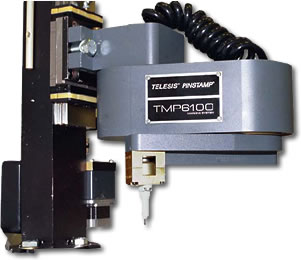 Dot Peening Machines
Dot Peening Machines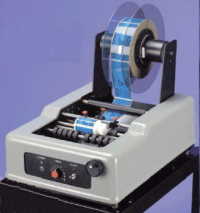 Labeling Machinery
Labeling Machinery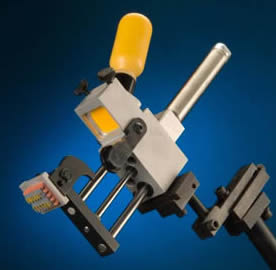 Marking Machinery
Marking Machinery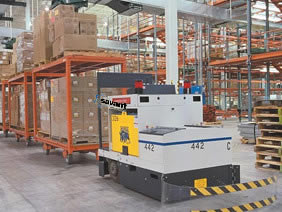 Packaging Equipment
Packaging Equipment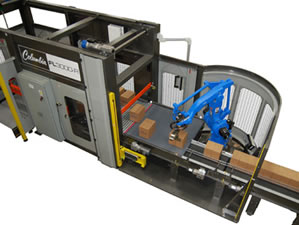 Palletizers
Palletizers Plastic Bags
Plastic Bags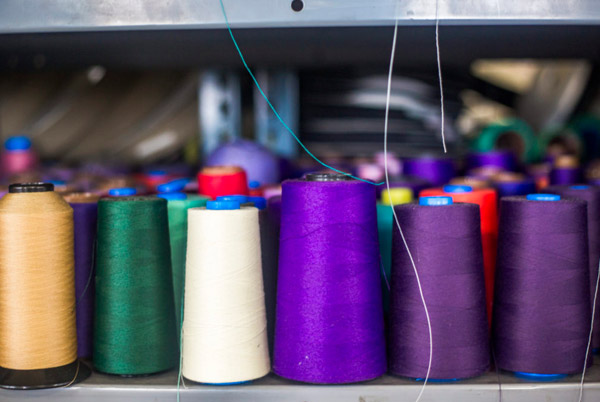 Sewing Contractors
Sewing Contractors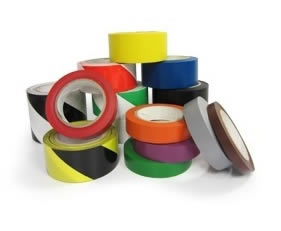 Tape Suppliers
Tape Suppliers Castings & Forgings
Castings & Forgings Bulk Material Handling
Bulk Material Handling Electrical & Electronic Components
Electrical & Electronic Components Flow Instrumentation
Flow Instrumentation Hardware
Hardware Material Handling Equipment
Material Handling Equipment Metal Cutting Services
Metal Cutting Services Metal Forming Services
Metal Forming Services Metal Suppliers
Metal Suppliers Motion Control Products
Motion Control Products Plant & Facility Equipment
Plant & Facility Equipment Plant & Facility Supplies
Plant & Facility Supplies Plastic Molding Processes
Plastic Molding Processes Pumps & Valves
Pumps & Valves Recycling Equipment
Recycling Equipment Rubber Products & Services
Rubber Products & Services